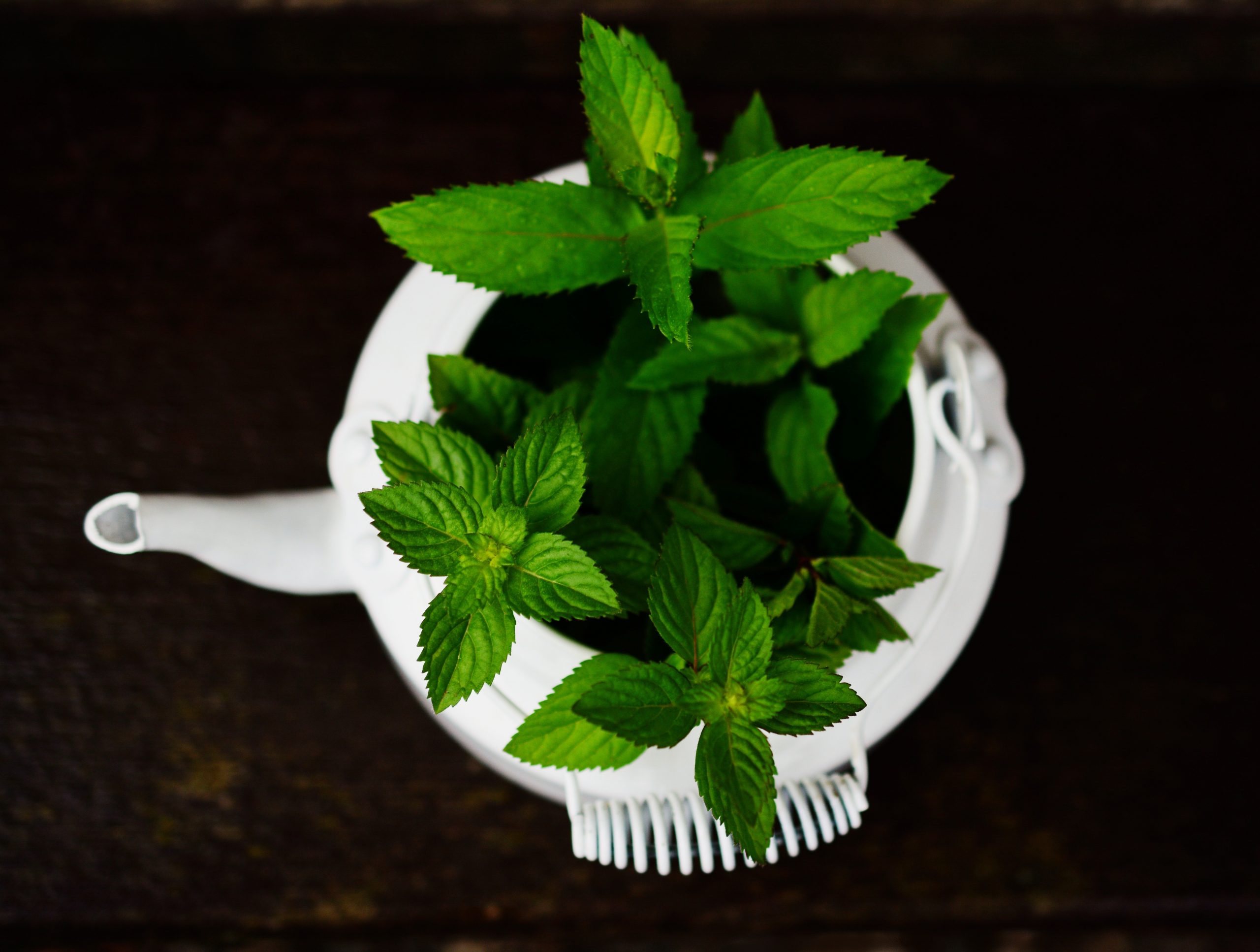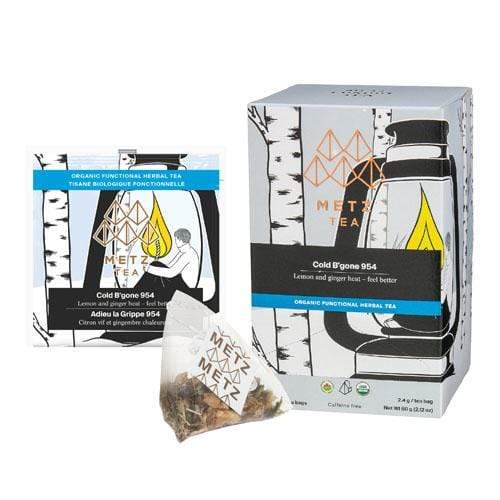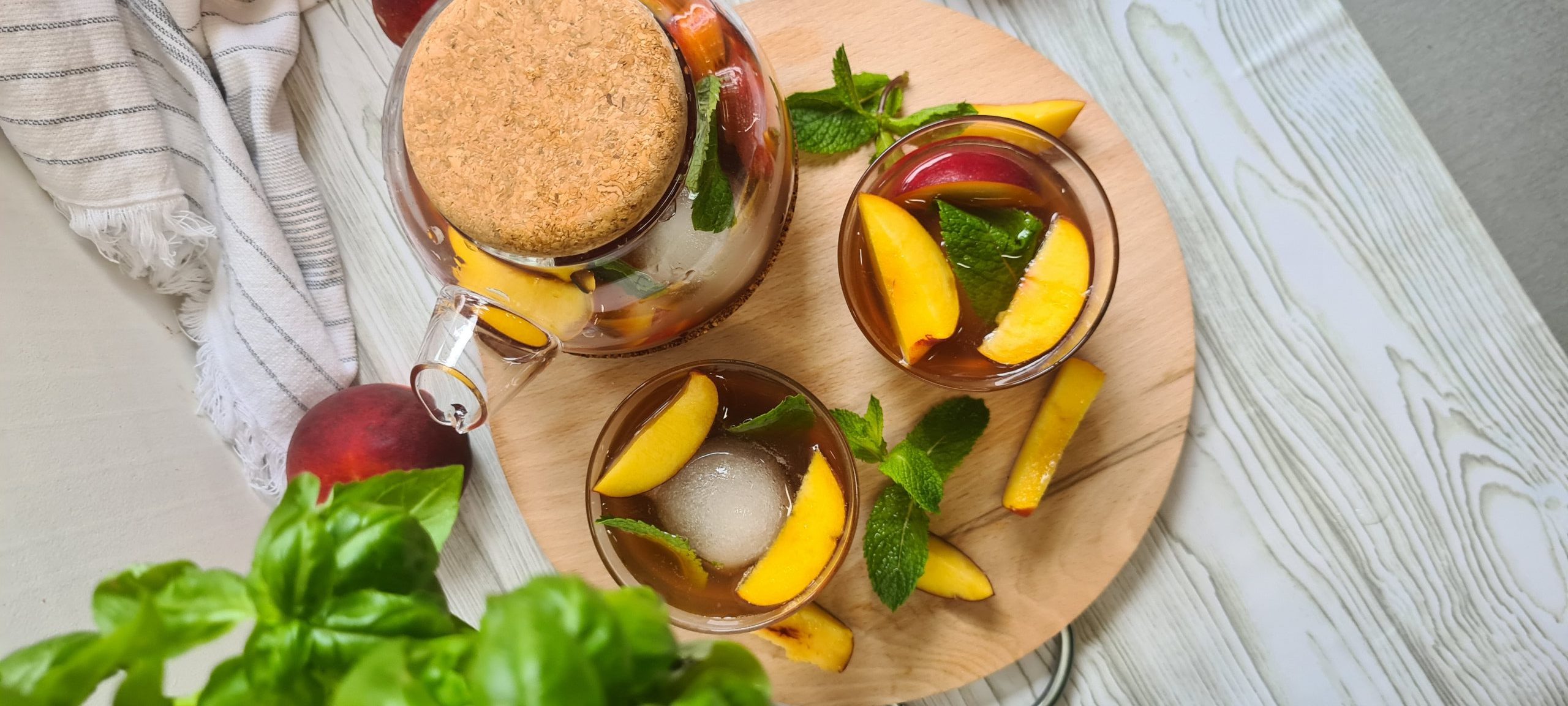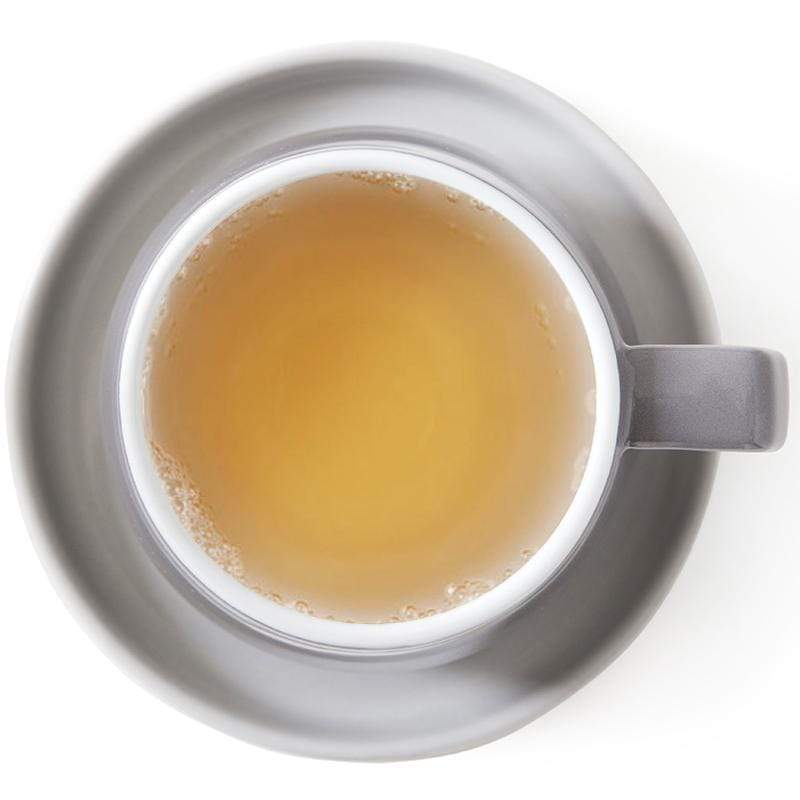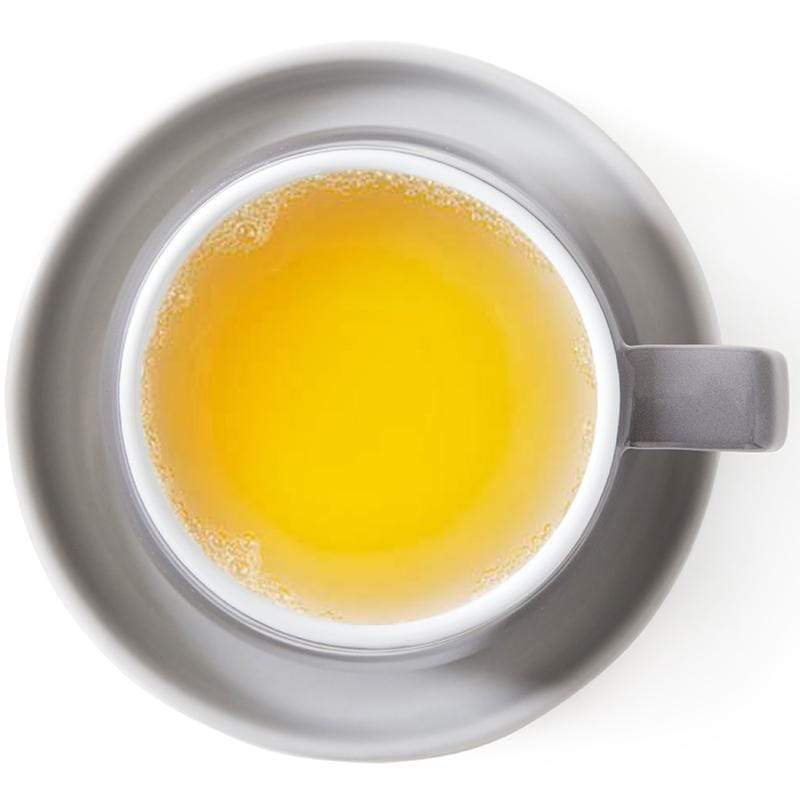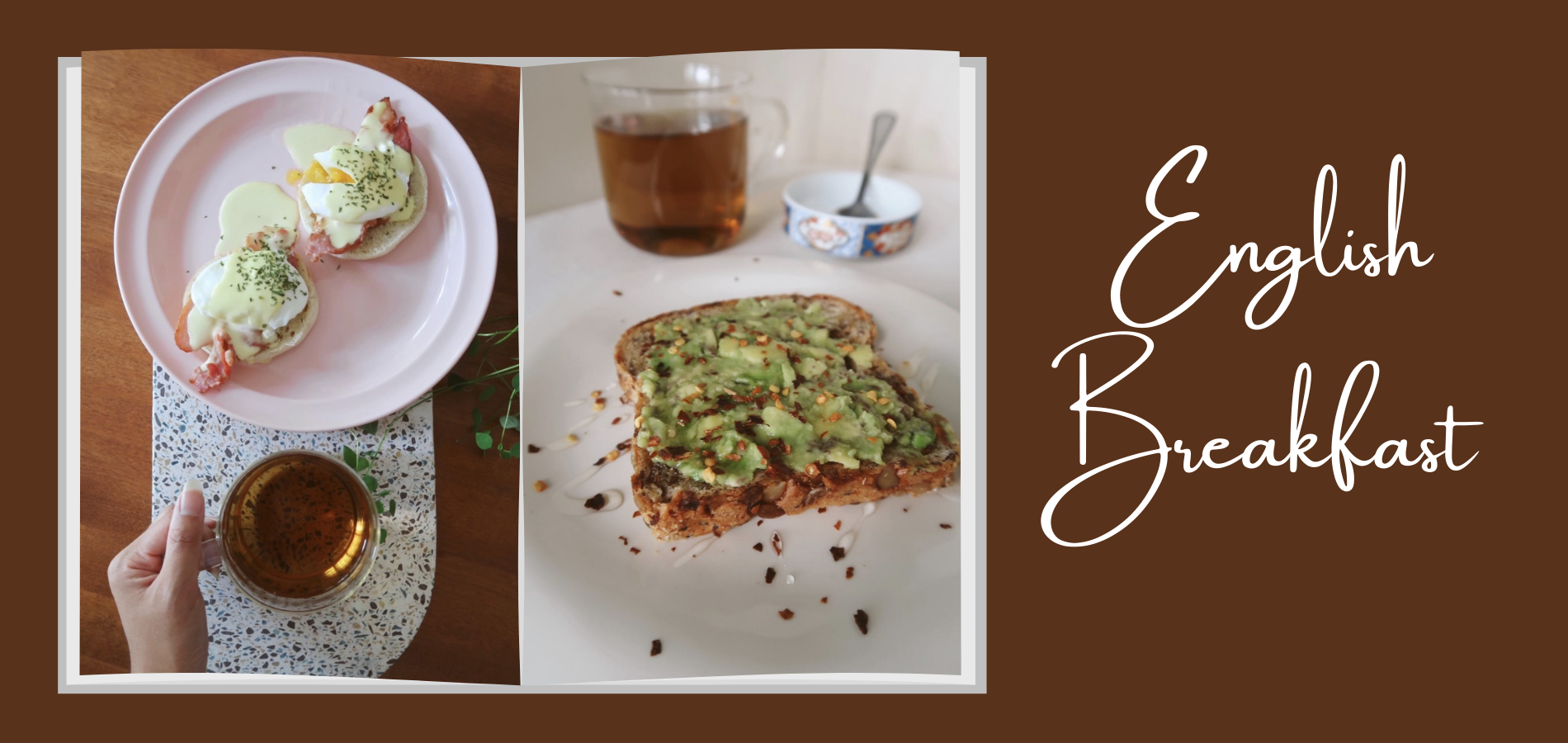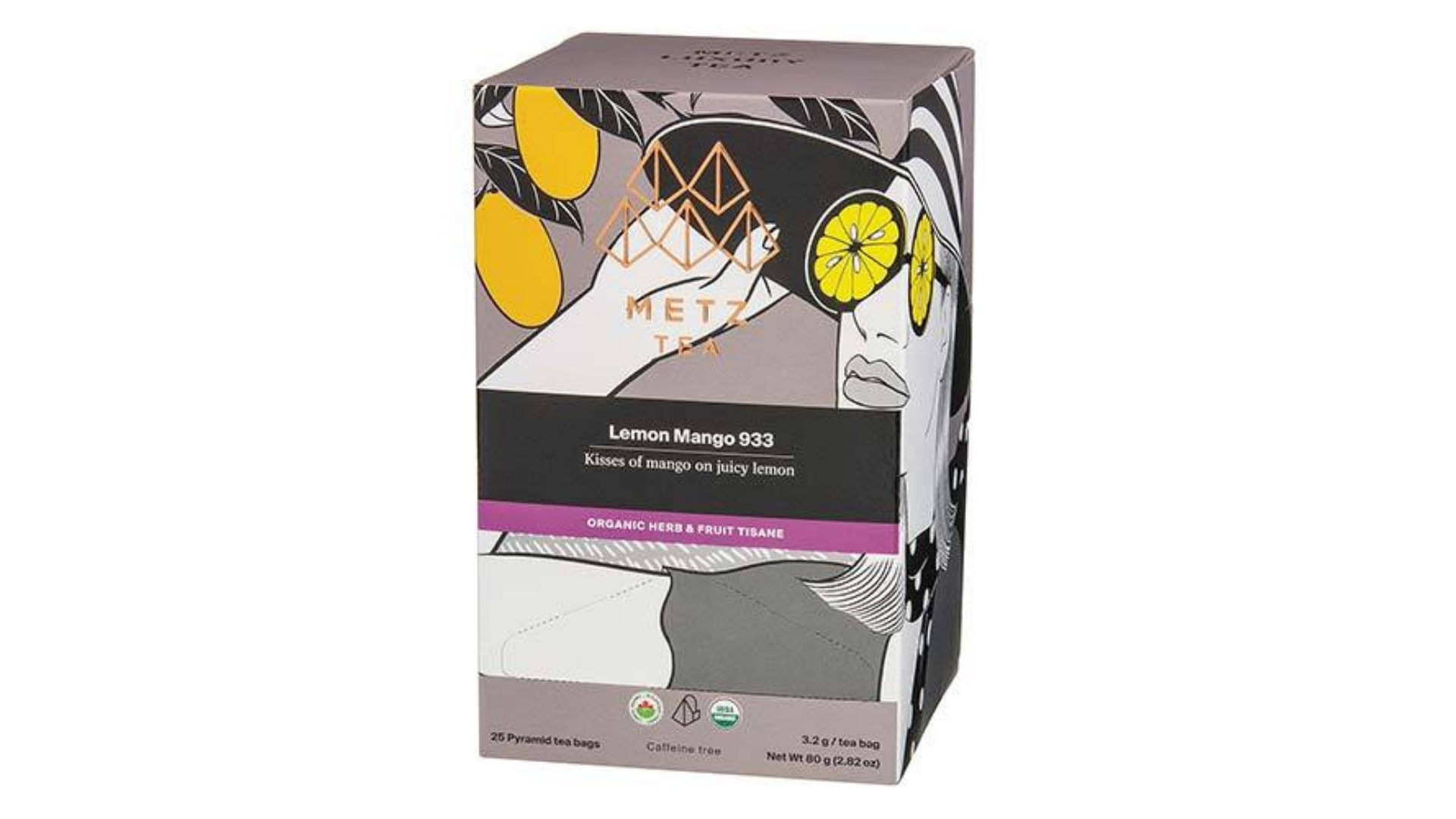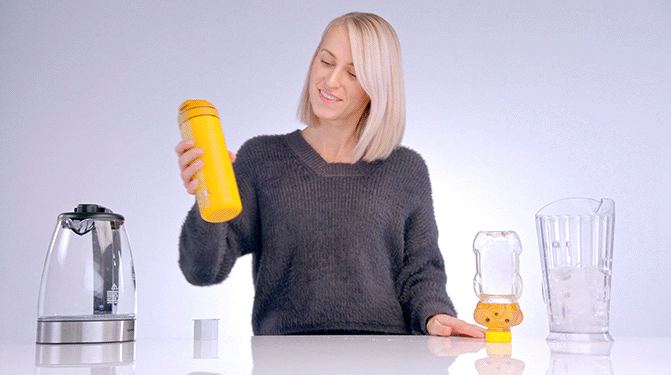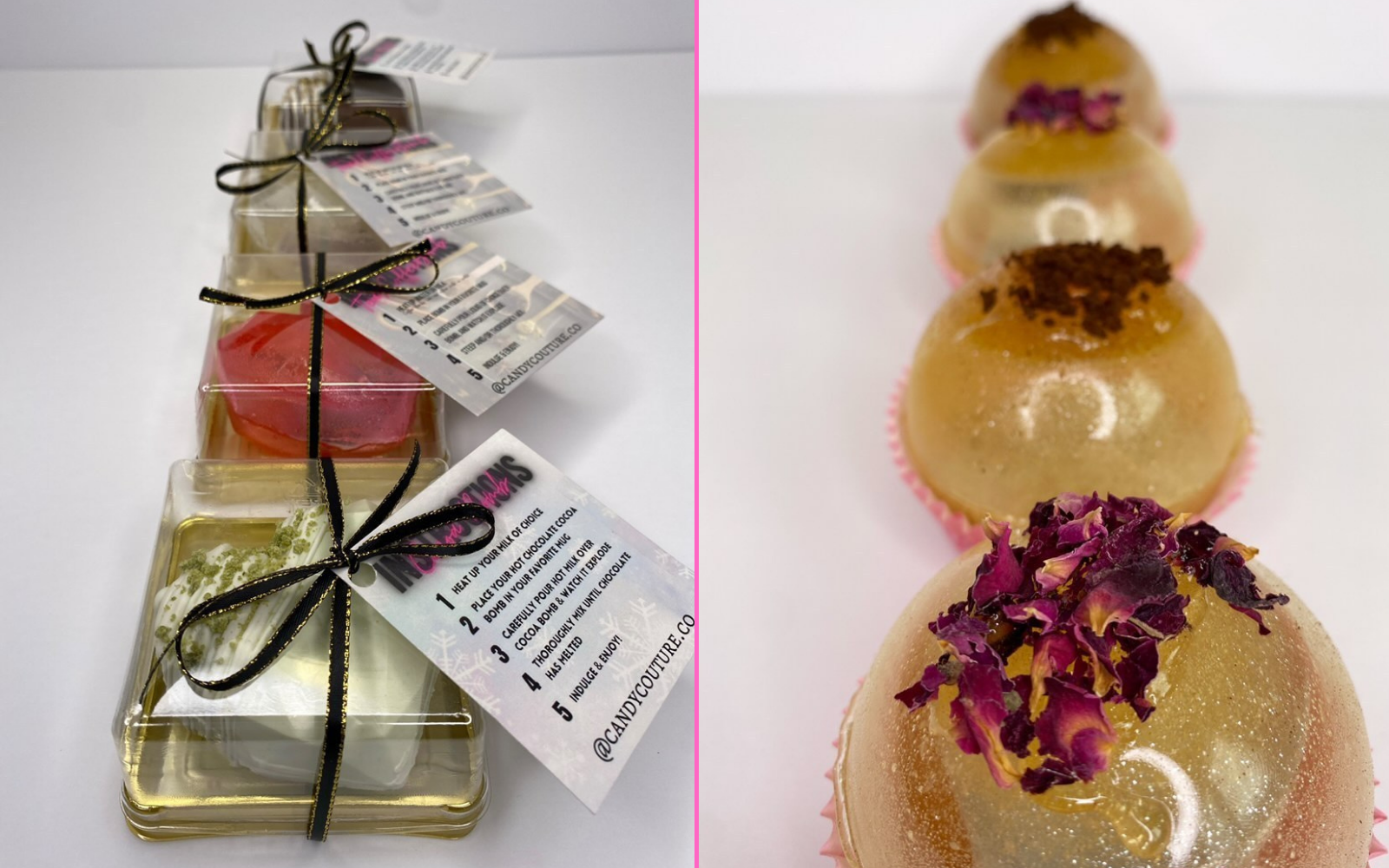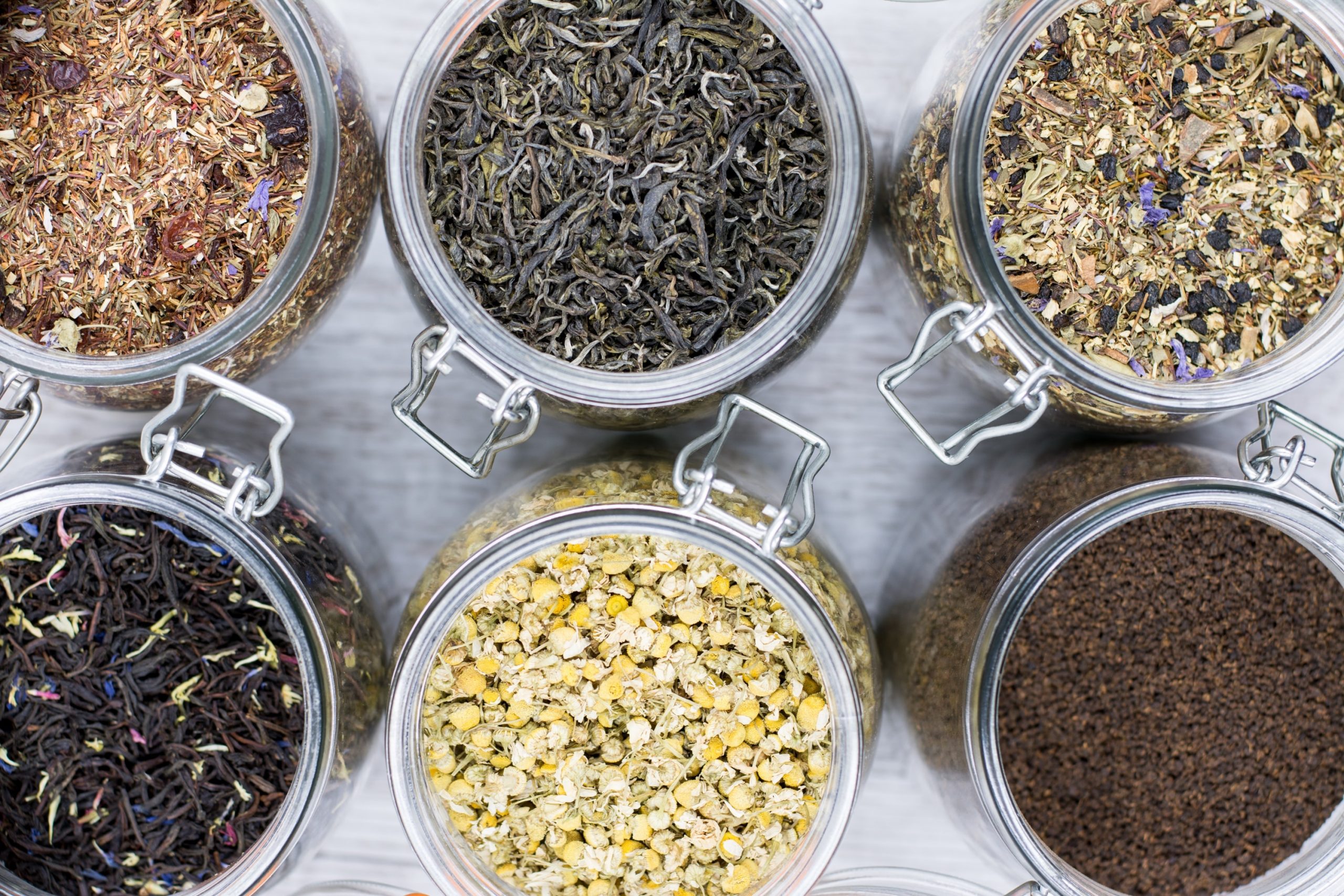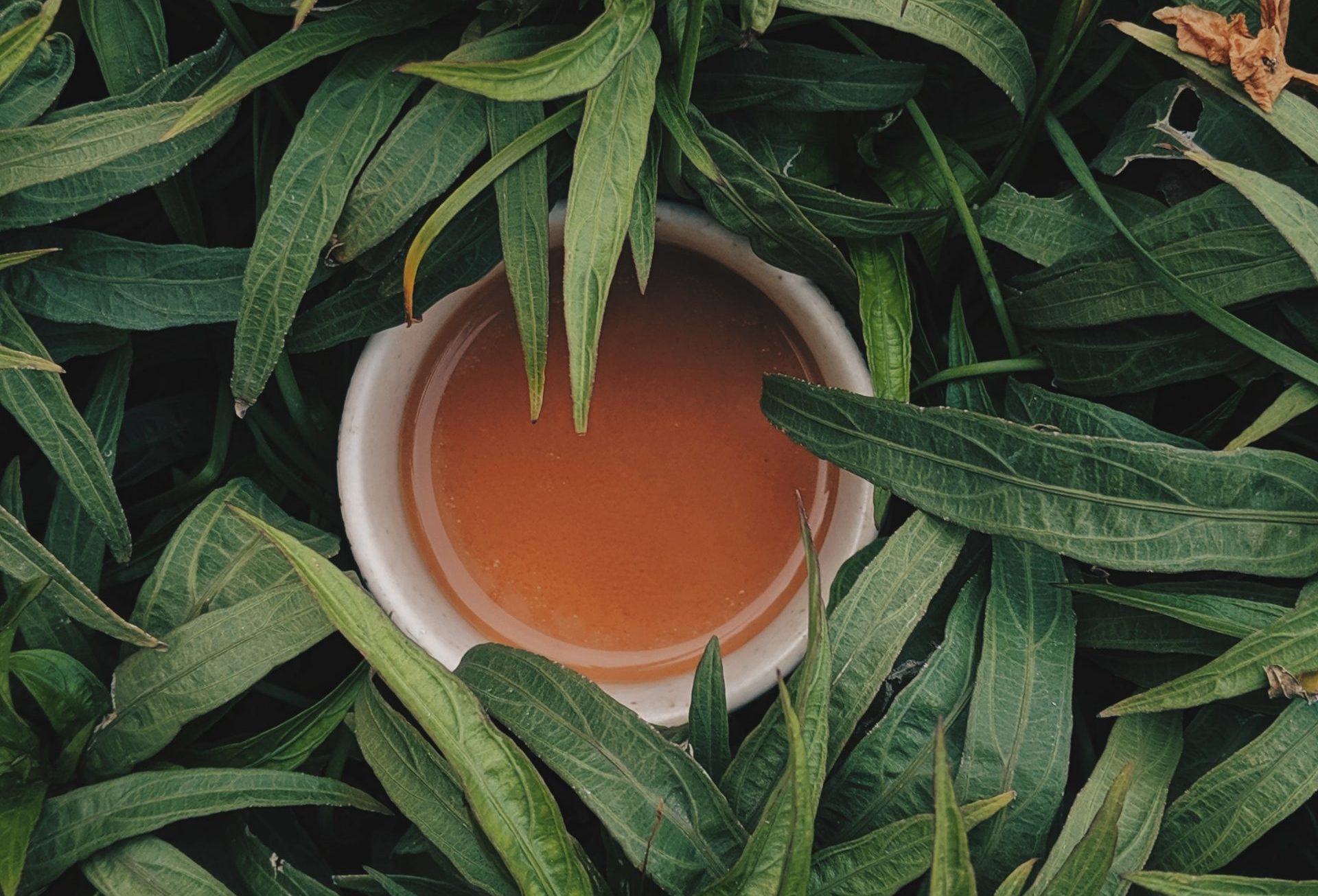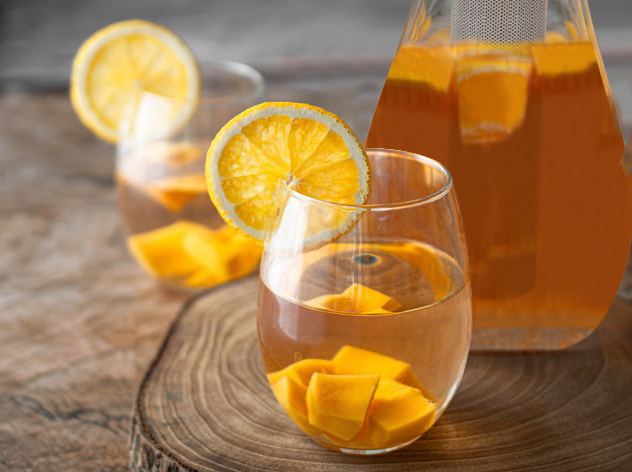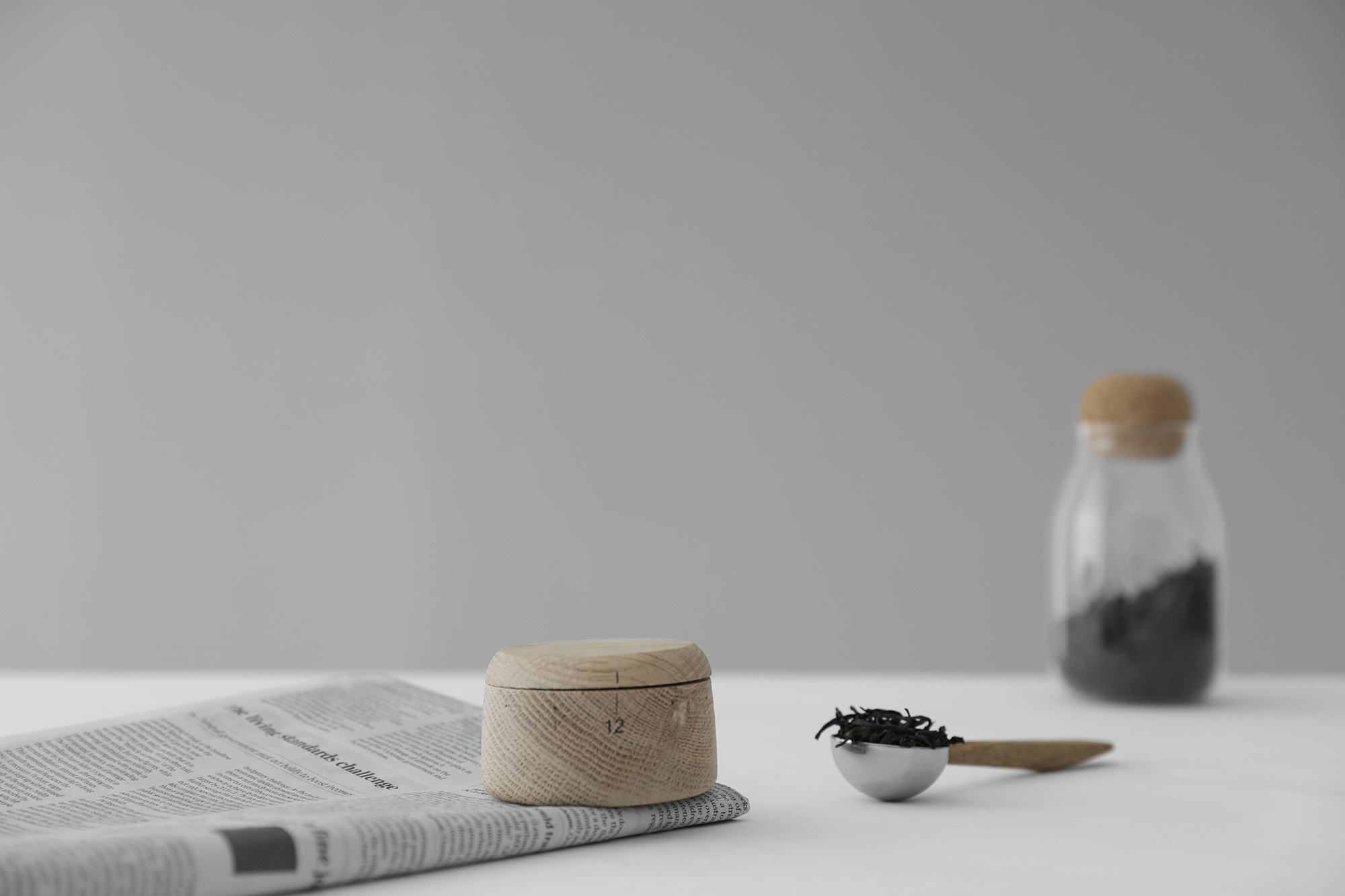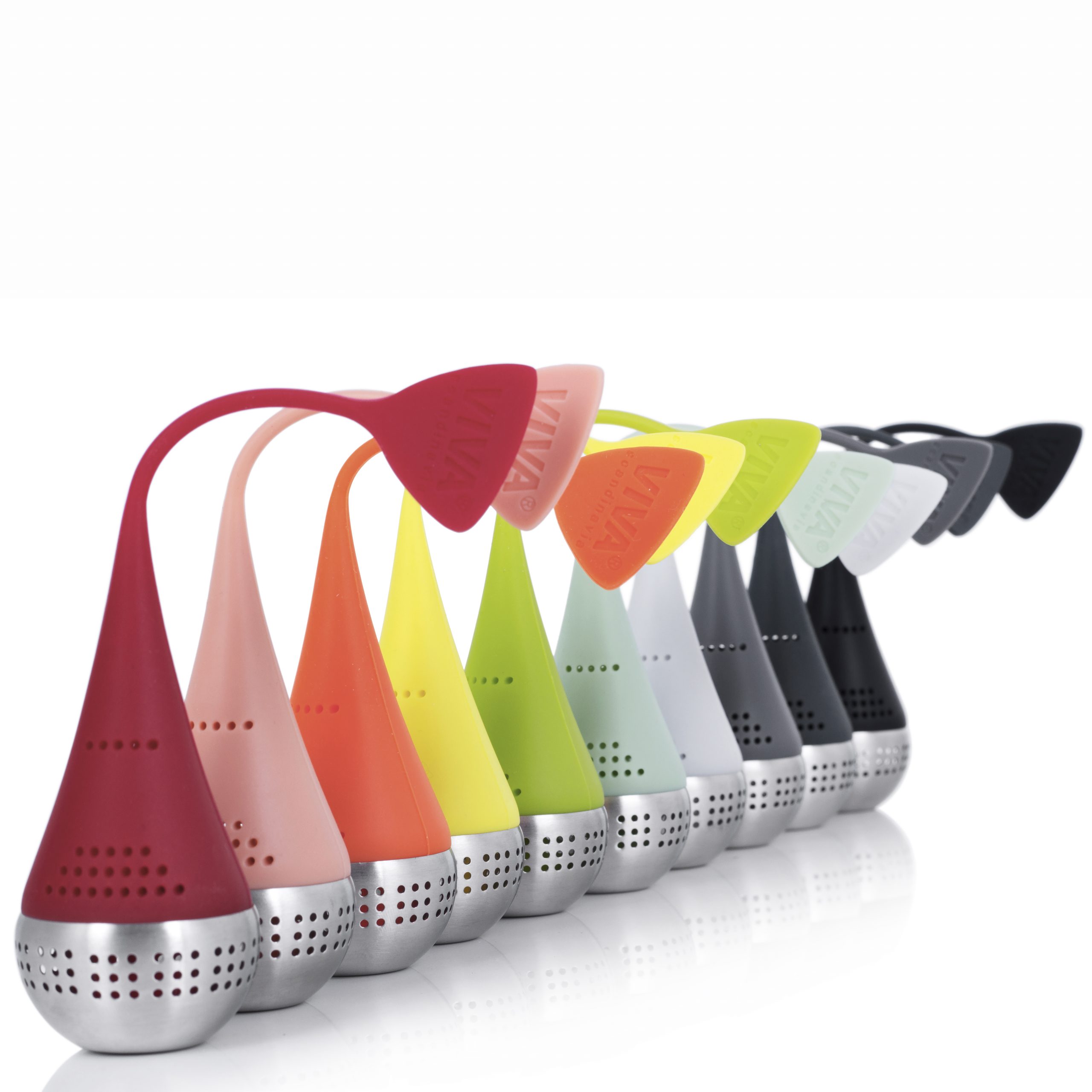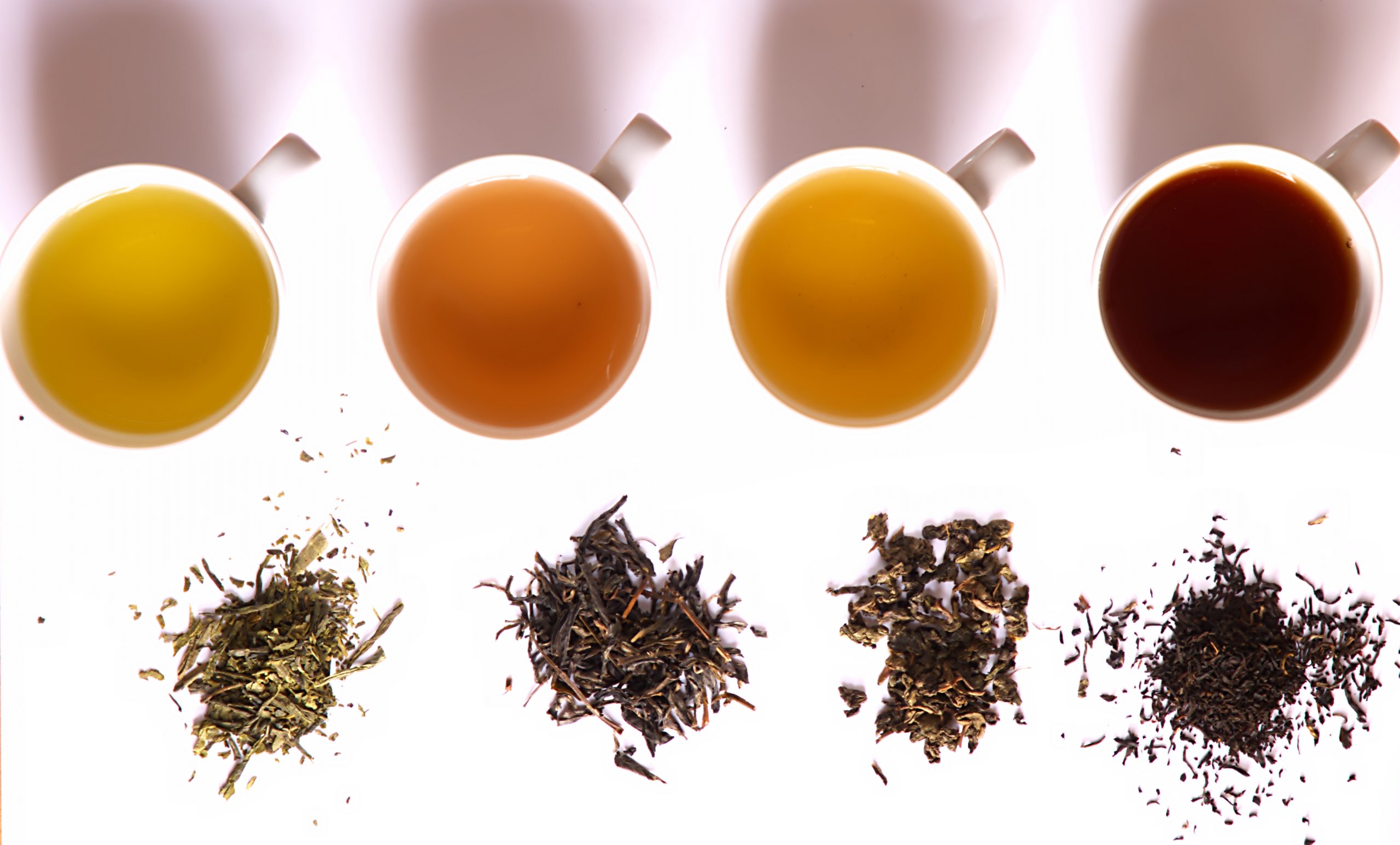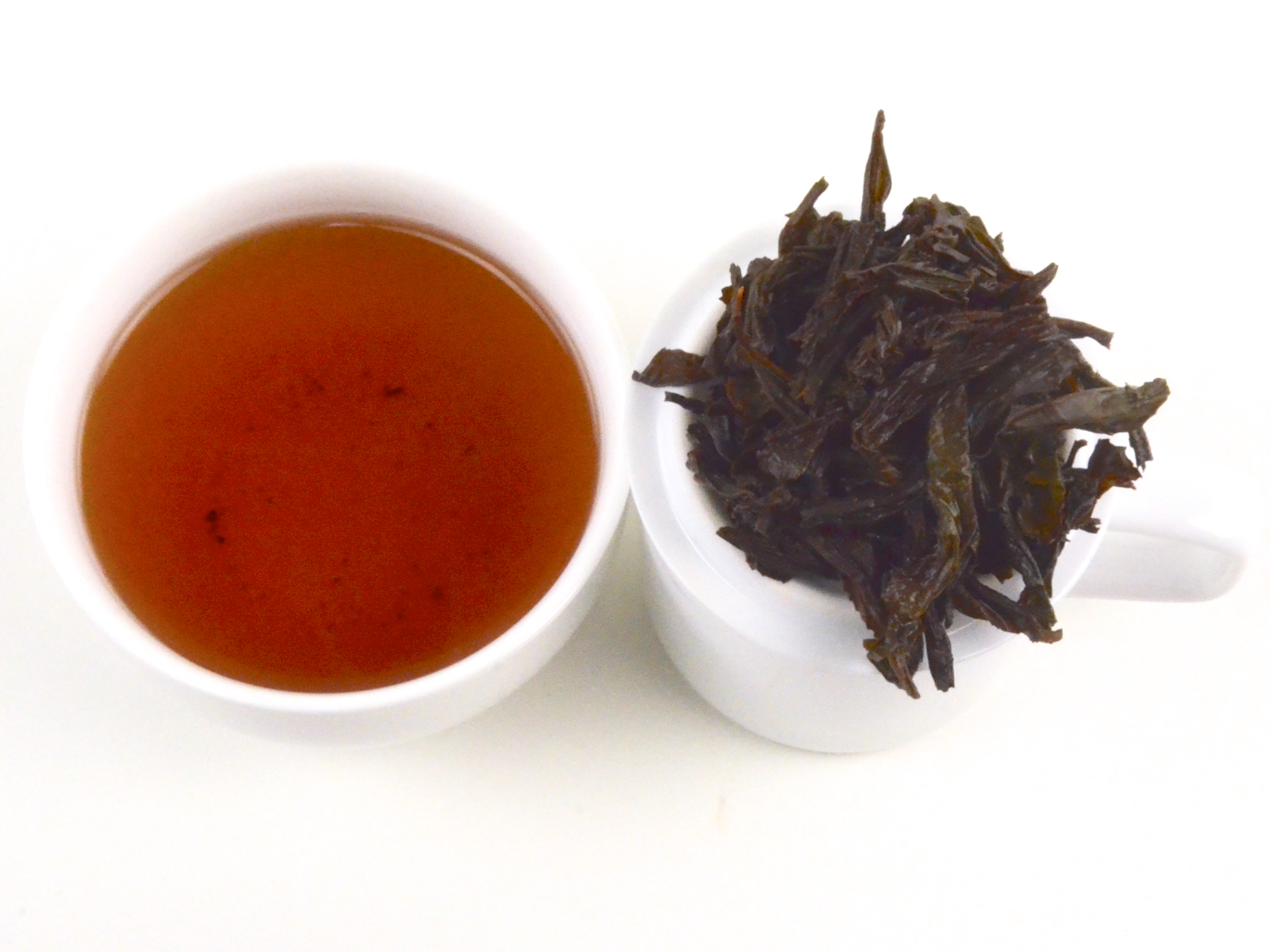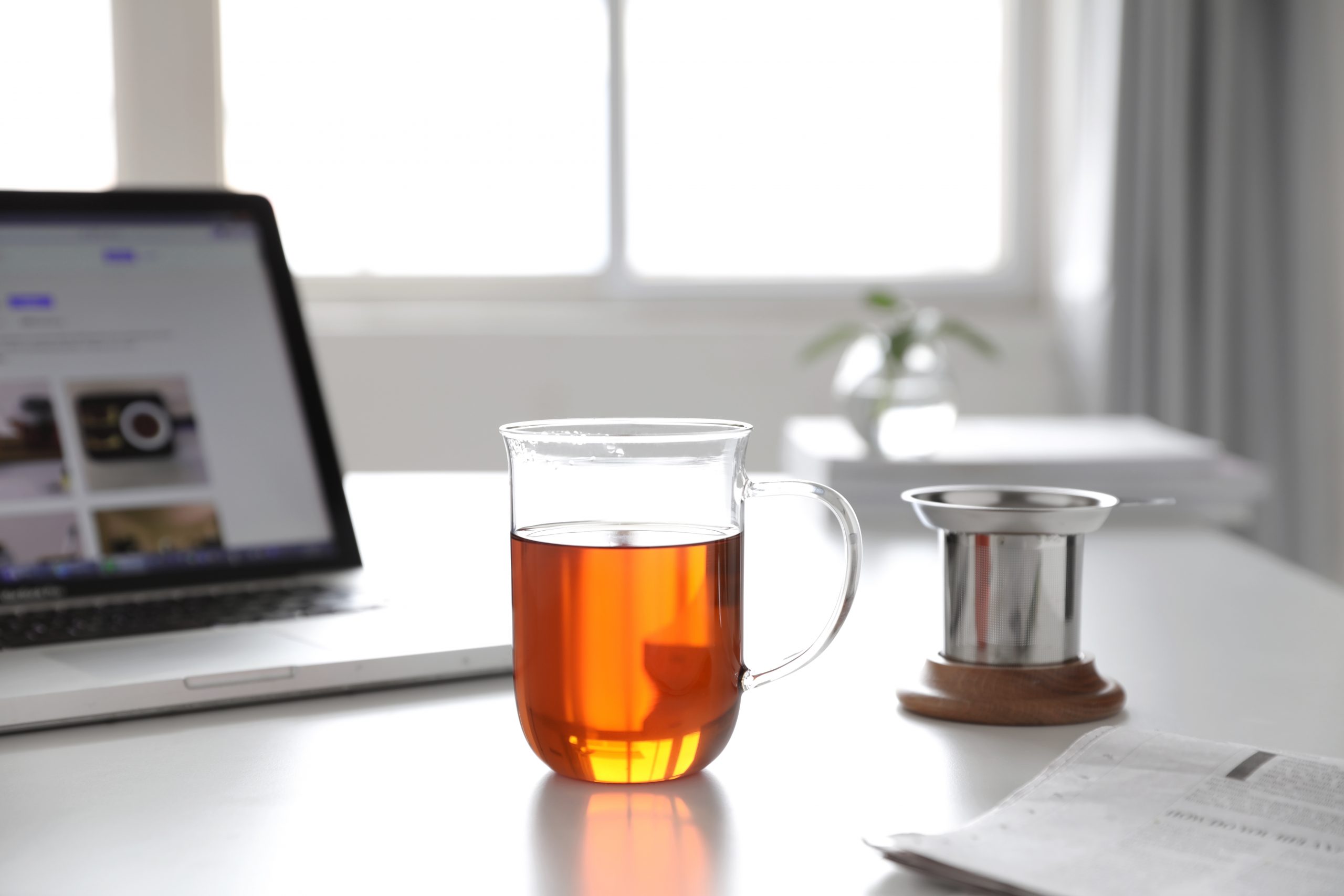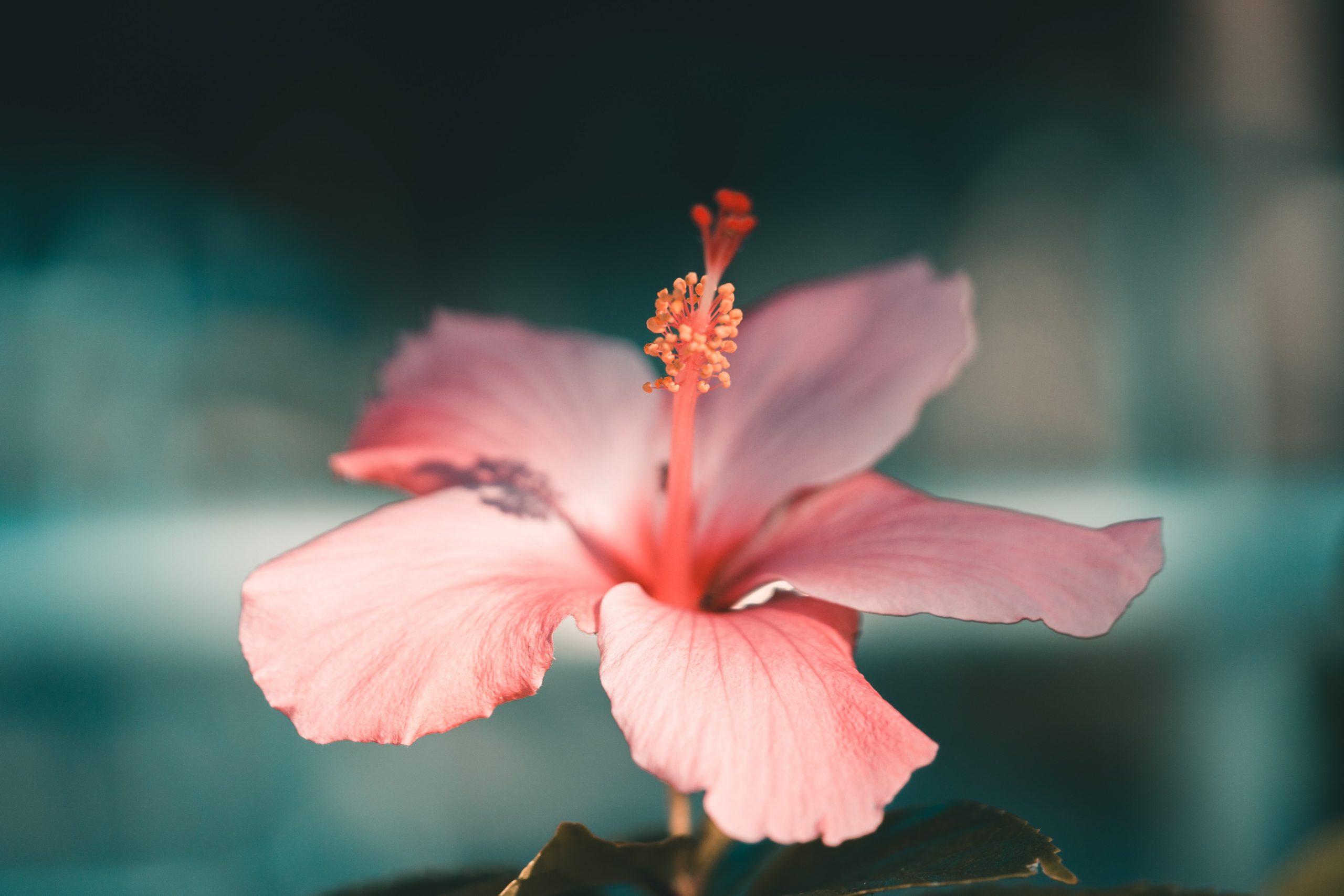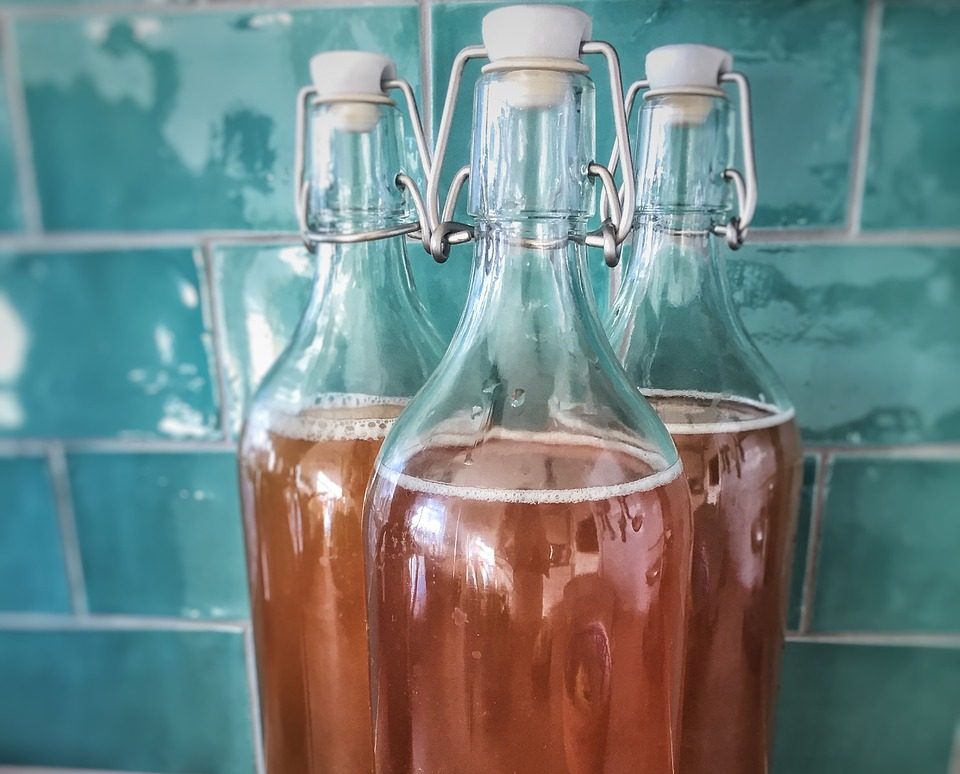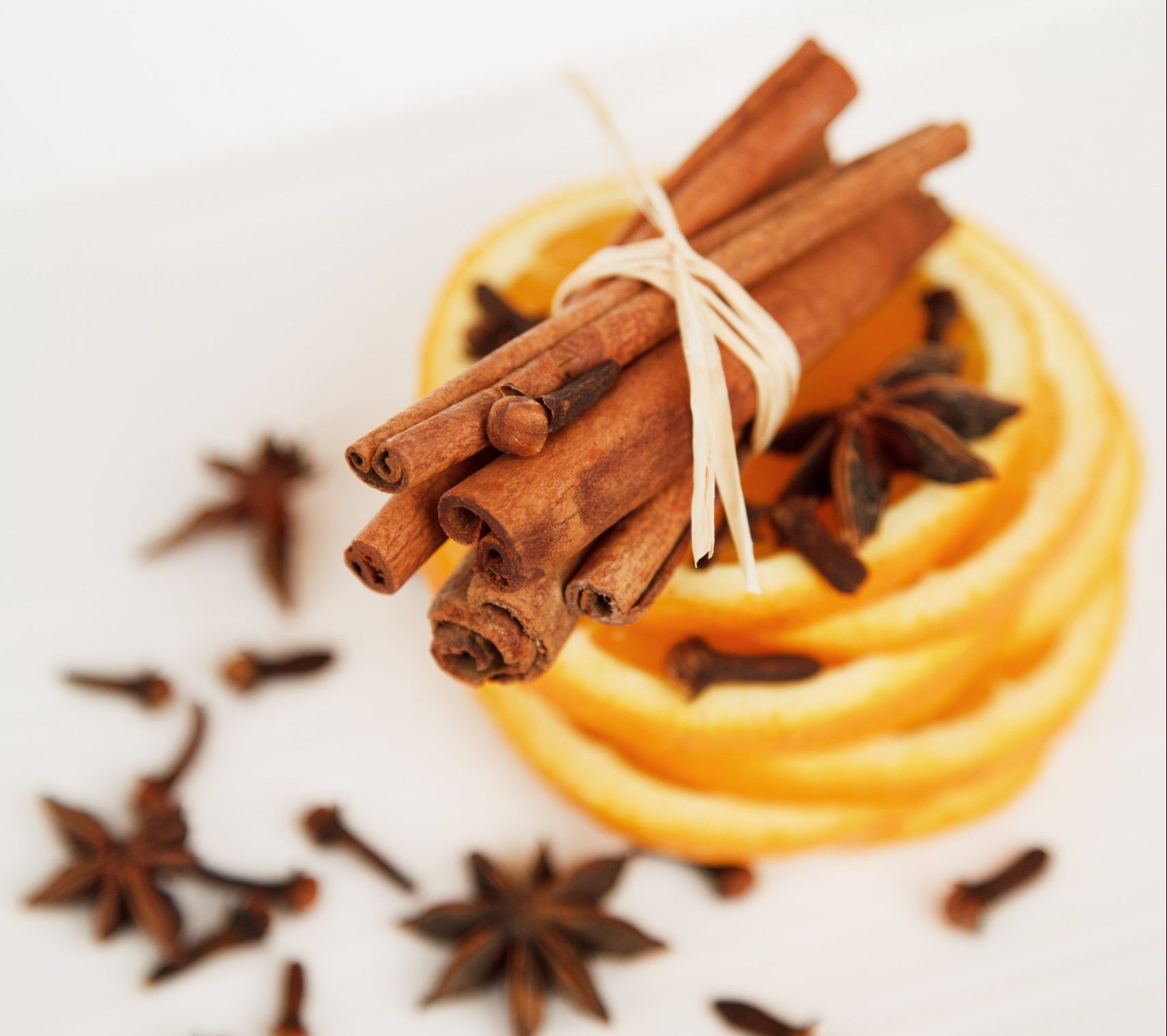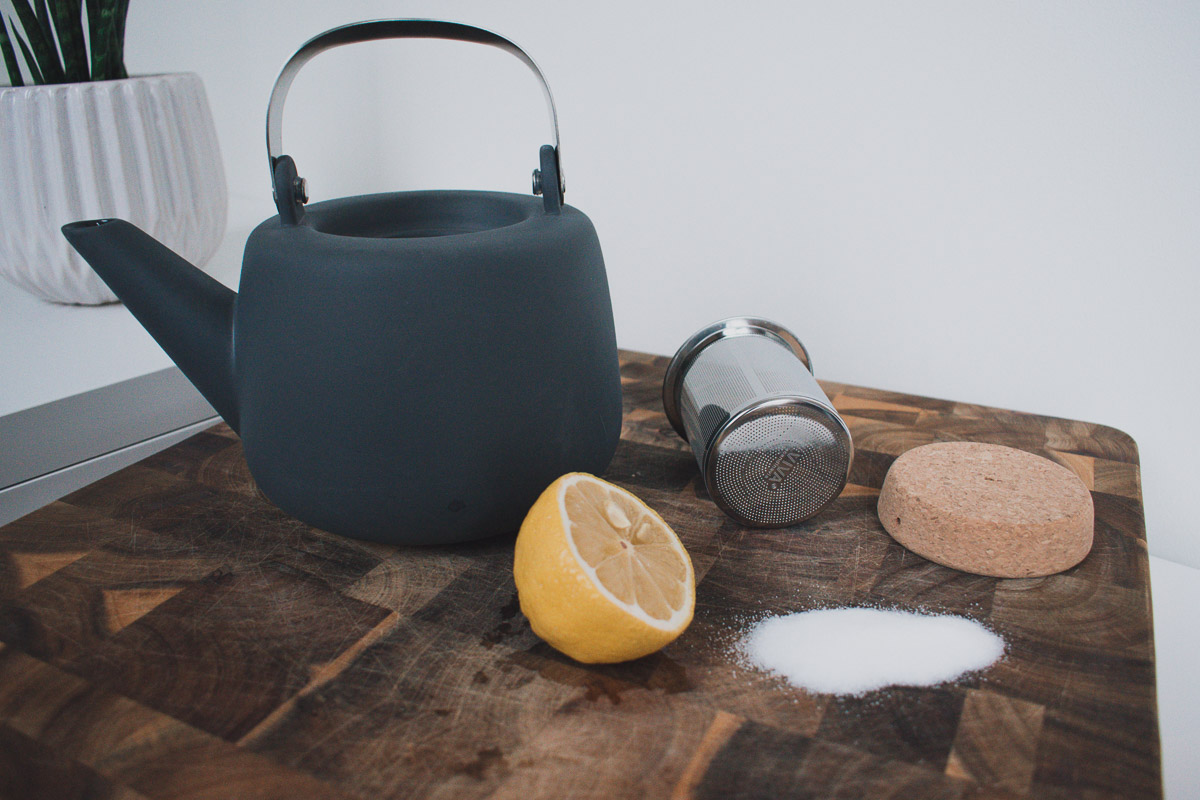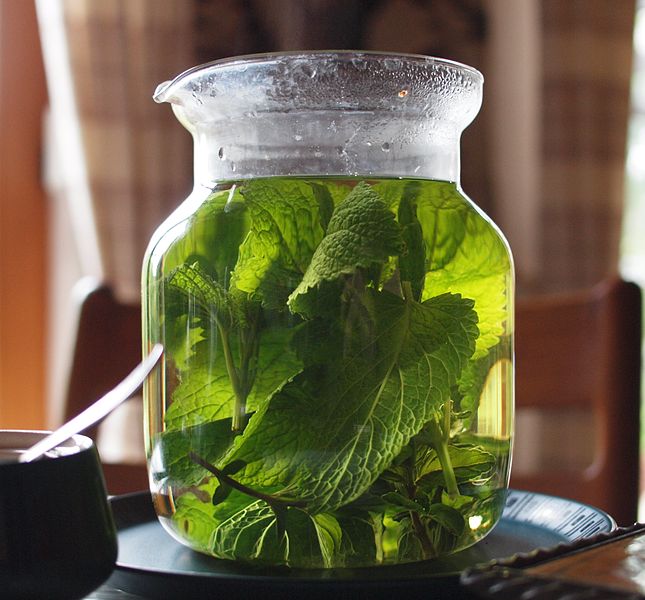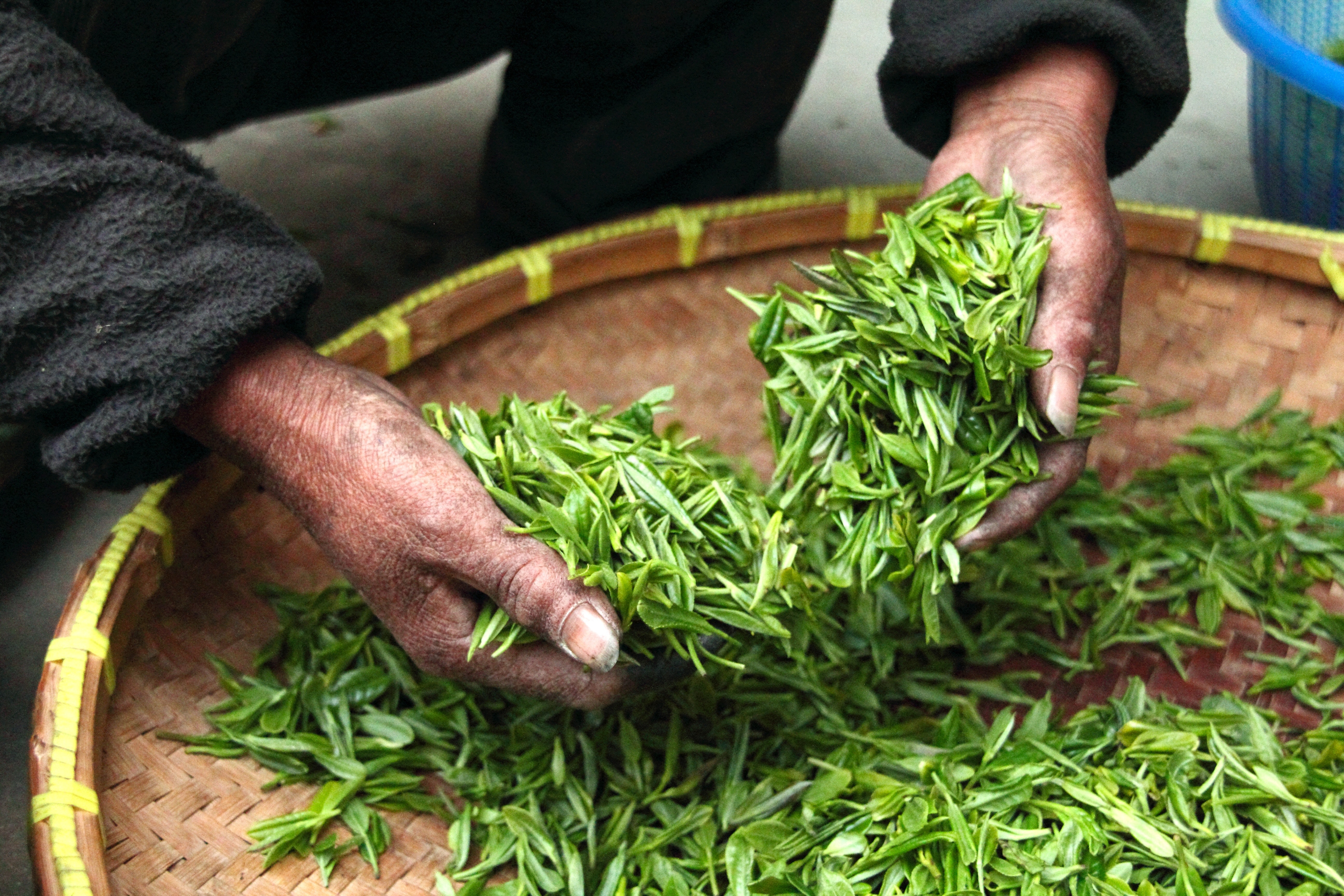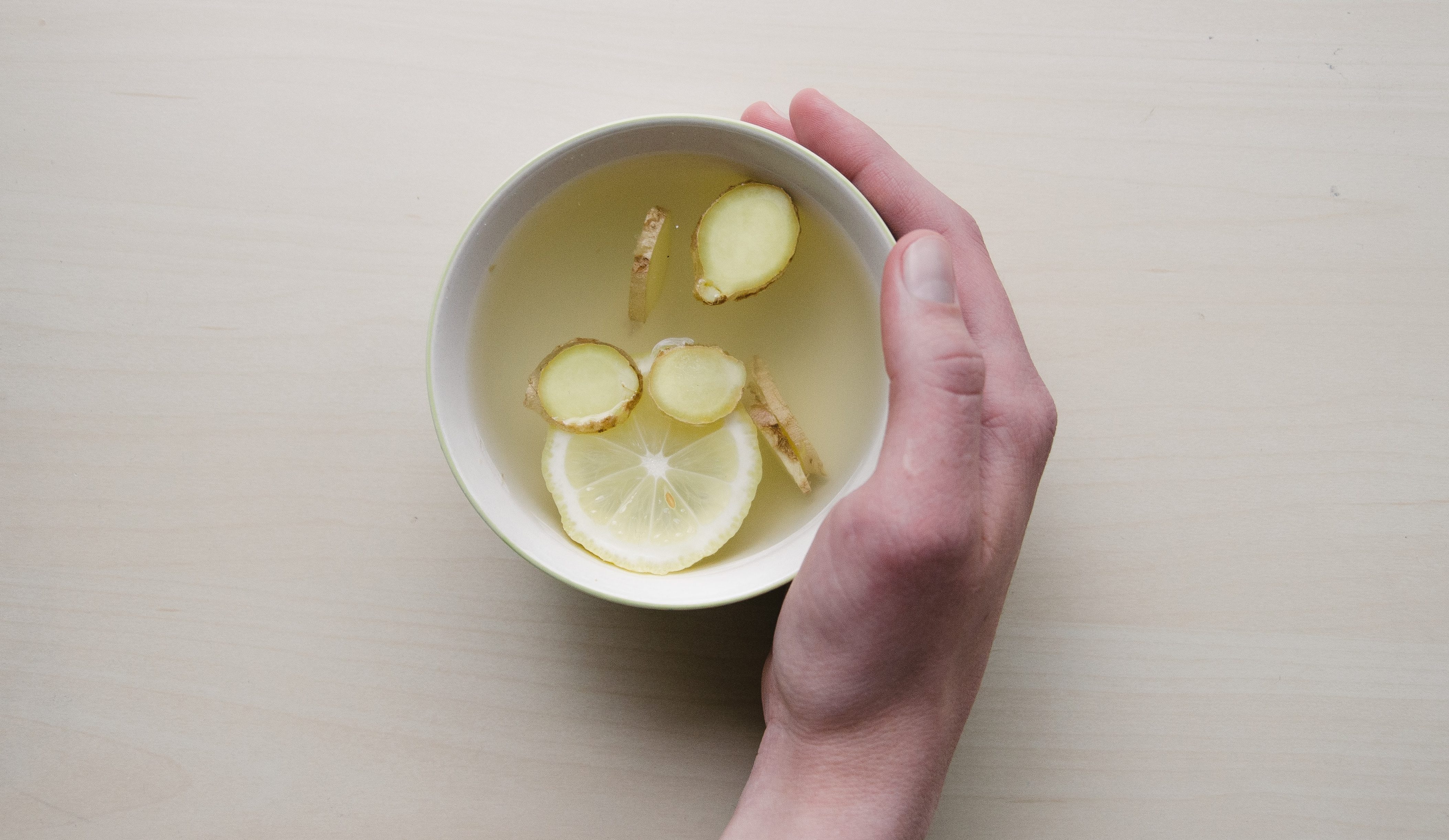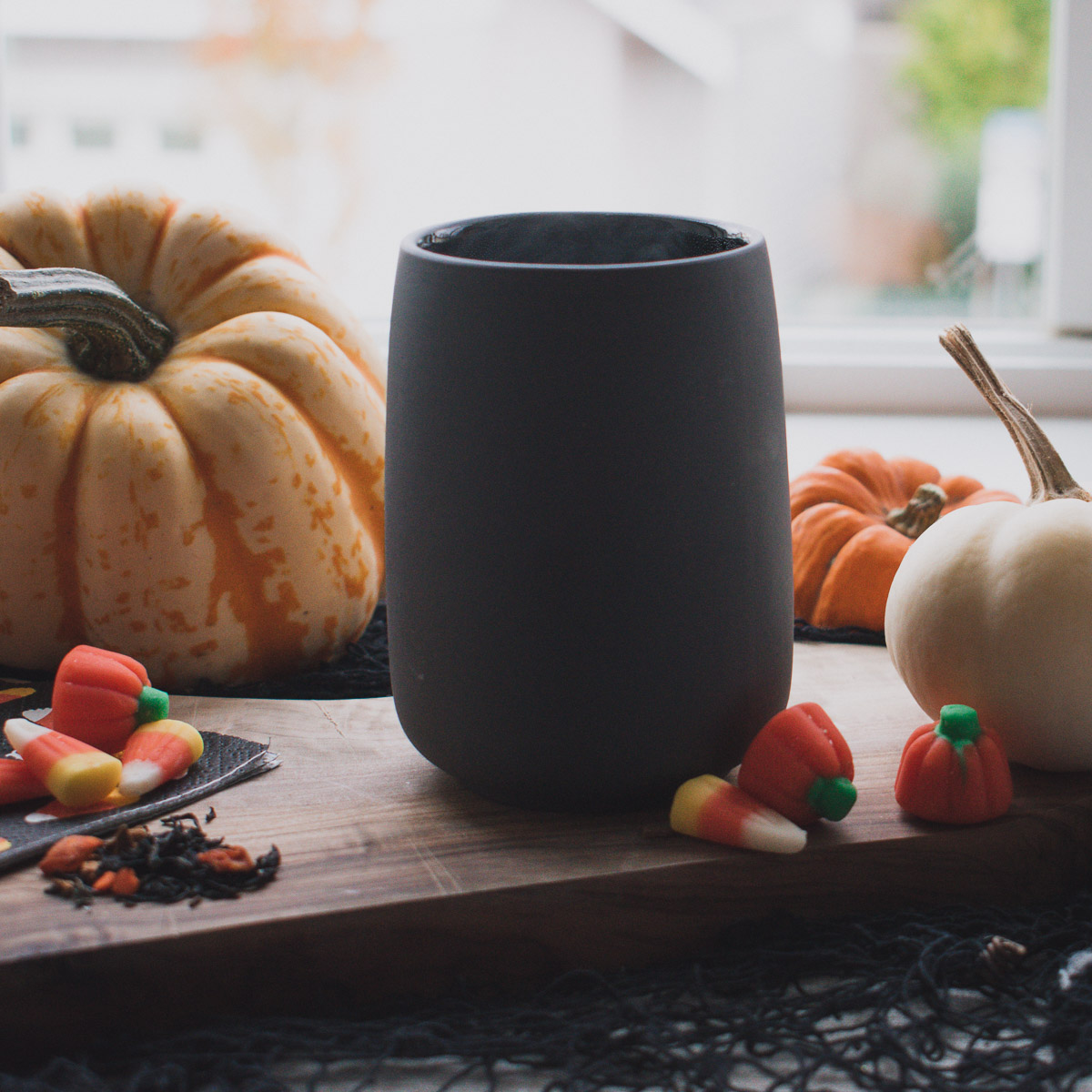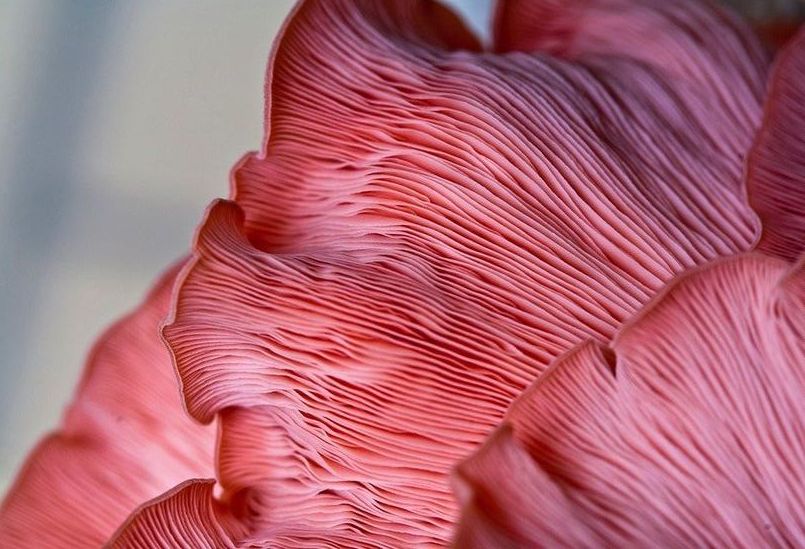Peppermint tea is a delicious herbal tea. It’s known for its cooling and mild flavour, and digestive benefits. Made from the dried leaves of the peppermint herb and containing no tea leaves, this drink is also known as a tisane.
What is peppermint?
Peppermint (mentha x piperita, or mentha balsamea) is an aromatic herb in the mint family. It is a cross between watermint and spearmint. The plant is native to Europe and the Middle East but now grows all over the world.
Peppermint is high in menthol and therefore has been used for medicinal purposes for thousands of years. It is best known for aiding digestion and soothing other ailments. This use for mint dates back to ancient Egypt, Greece and Rome.
It is also popular in cuisine, and the herb’s mild and fresh flavour has made it a staple ingredient for many salads, drinks, candies and is an iconic flavouring for toothpaste. Many people also enjoy consuming peppermint as a refreshing and caffeine-free tea.
How to make peppermint tea
Hot peppermint tea is a delicious and simple refreshment after a meal. However, an iced version with lemon is a perfect way to cool down on a hot day. Here’s how to make peppermint tea to best optimize the flavour and enjoy it to its fullest potential.
Ingredients
- 1-2 teaspoons of dried peppermint tea leaves
- 1 cup (8oz) of boiling water – filtered water is best, but tap water is also fine
- Optional: sweeteners (sugar, honey, simple syrup), lemon
Recipe
- Boil your water, either in a kettle or on the stovetop. Transfer to a tea pot or cup.
- Add your tea leaves, either inside a tea infuser or directly in the water.
- Allow the tea leaves to steep for around 5 minutes. Don’t worry too much if you go over time. Peppermint tea is quite forgiving and is unlikely to develop a strong bitter flavour from over-infusion like some other teas would.
- Strain the loose leaves or remove the infuser.
- Mix any additions such as honey or sugar into the tea until they are dissolved. Lemon slices are a lovely addition to add some brightness to the taste.
- Enjoy!
Notes
- An iced version of this tea is easy to make. Simply brew your tea as normal and then place it in the refrigerator and, once cool, serve over ice.
- If you are adding sweetener when the tea has already cooled, we recommend using simple syrup as the sugar granules are already dissolved. You can make simple syrup by heating equal parts sugar and water.
- To make a batch of iced tea, multiply the ingredients to make as many servings as you would like.
- If you would like your tea to have a little caffeine, green tea is an excellent addition to peppermint tea. Simply combine equal parts green and peppermint leaves and enjoy the calming and lovely flavour combination of this blend, while reaping the benefits of green tea’s natural caffeine.
Read also: Guide to Brewing Lemon Balm Tea
What does peppermint tea taste like?
This tea tastes similar to peppermint candy or breath mints. However, the candy is quite sweet and intense, but the tea is more subdued.
Peppermint tea’s flavour is minty and mildly sweet and leaves the mouth feeling cool. The way that the coolness plays off the hotness of the tea makes for a pleasant and relaxing drinking experience.
Benefits of peppermint tea
Peppermint is well known for its health benefits, particularly those related to digestion. However, there are many other benefits as well. Peppermint is known to fight menstrual cramps, allergies and bacteria. Peppermint oil is the most effective way to get these benefits, but tea is also a great option.
Alongside these health benefits, this tea is also a fantastic caffeine-free energy boost, improves breath and is very refreshing in hot weather. Here are some of the best benefits of peppermint tea.
Aids digestion
A cup of hot peppermint tea is a great choice after a meal due to its soothing effect on the digestive system. Many people find that peppermint is a good way to settle their stomachs. While no human studies have been done, studies of animals suggest that peppermint relaxes the gastrointestinal tissue and can ease stomach pain.
Peppermint is also shown to be a helpful remedy for more severe digestive problems such as irritable bowel syndrome (IBS). This digestive tract disorder causes symptoms such as stomach pain and bloating. Alongside dietary changes and medication, peppermint is often an effective treatment for IBS symptoms.
Relieves colds and allergies
Peppermint tea’s main ingredient, menthol, works as a decongestant. This helps to break down and thin out mucus and clear sinuses, providing much-needed relief from any winter colds you may be experiencing this year.
Mint also contains a compound called rosmarinic acid. This can relieve allergy symptoms such as a runny nose and itchy eyes. While peppermint oil is the most effective choice, breathing in the aroma of hot peppermint tea can also help.
Eases menstrual cramps
A study published in 2016 compared peppermint tea to mefenamic acid, which is a common anti-inflammatory medicine used for treating menstrual pain. The study found that the tea was just as effective as the medicine at easing menstrual discomfort. This is attributed to the menthol content of the tea.
If you’re experiencing menstrual pain in the future, try a cup of peppermint tea as a natural and easy method of pain relief.
A great afternoon pick-me-up
It can be a real dilemma when you feel drowsy in the afternoon but don’t want caffeine to disrupt your sleep that night. Peppermint tea is naturally caffeine-free and makes a perfect compromise.
Peppermint oil has been shown to stabilize energy levels throughout the day. Simply inhaling the minty steam of peppermint tea is a great way to get that much-needed boost if you’re trying to break out of an afternoon slump.
Freshens breath
The compounds in peppermint have been shown to improve breath. No wonder it’s such a popular flavour for breath mints, chewing gums and toothpastes.
Not only does peppermint have a pleasant and fresh smell, but it boasts antibacterial properties. These help kill the germs which create dental plaque. Killing off this bacteria is a great way to keep your breath fresh throughout the day.
Refreshing and hydrating
In many parts of the world, such as Japan and Africa, hot peppermint tea is drunk during the summer months. The tea leaves a pleasant cooling sensation in the mouth, and the beverage has a high water content so is very hydrating. In fact, Morocco produces 92% of the world’s peppermint crop.
If you can’t stand the thought of drinking hot water on a boiling hot day, iced peppermint tea is a refreshing choice.
Read Also: Four best teas to ease stress
When to drink peppermint tea
Peppermint tea is a very versatile drink, and there are many great times to drink it. Because it is naturally free of caffeine, you can drink it at any time of day without worrying about sleep disruption.
Enjoy peppermint tea after a meal to aid digestion, in the afternoon to boost your energy, or before bed to help you relax. With it’s festive and wintry aroma, the tea is a calming and warming winter drink. Yet, it is also a great way to stay hydrated in warm weather.
No matter the time of day, or iced or hot, this is a popular, delicious and unique tasting tea. There are so many benefits of peppermint tea to enjoy.
